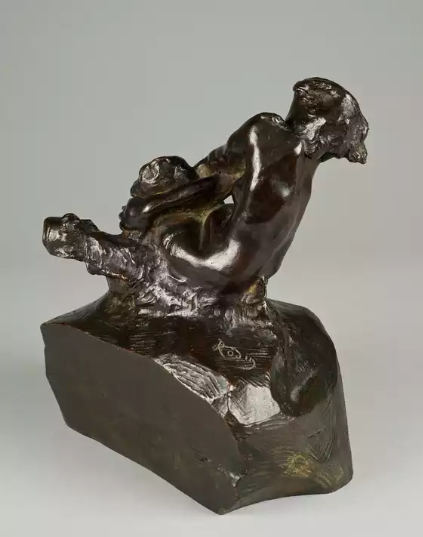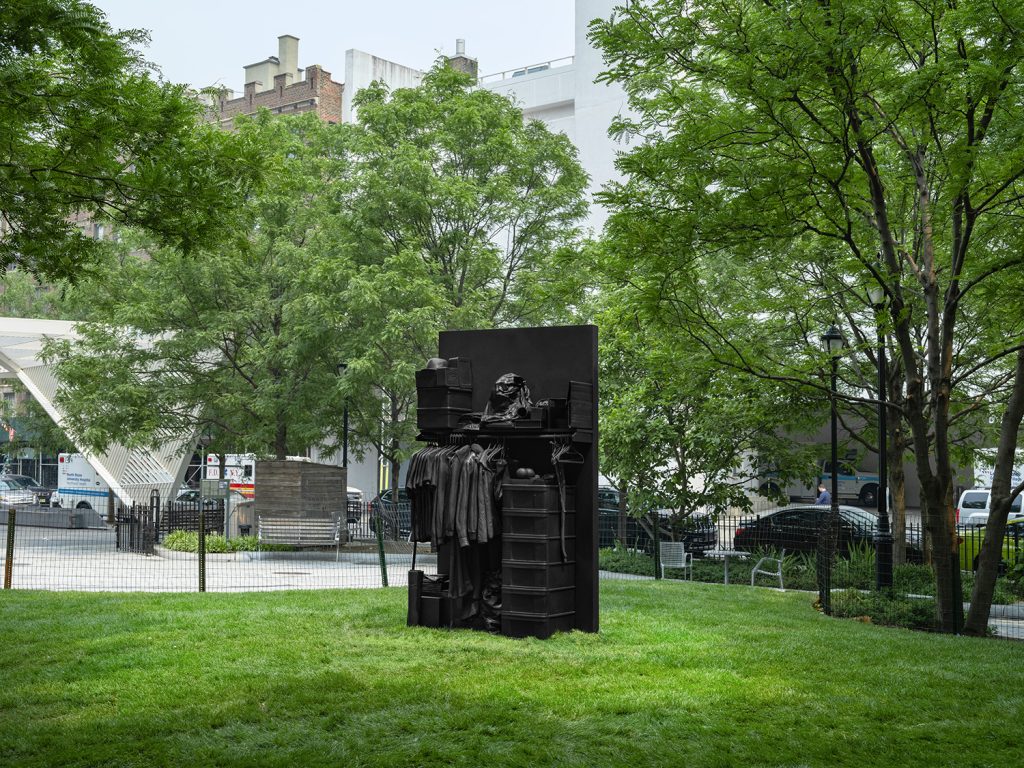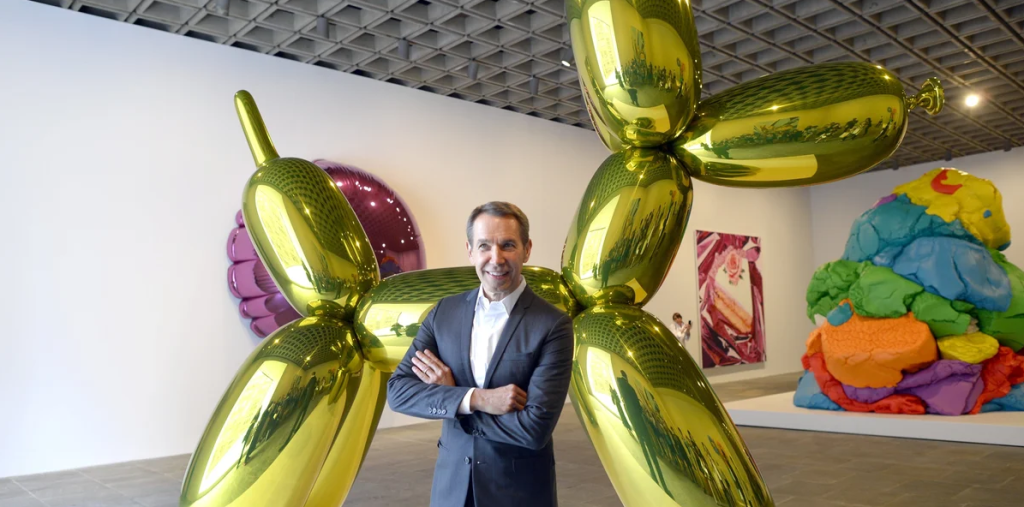The Essence of Emotion: Exploring Rodin’s Iconic Sculptures
Auguste Rodin, a master of sculptural form, has fascinated art lovers around the world with his ability to capture human emotion in stone and bronze. His works not only reflect the physicality of the human body but also convey deep psychological narratives, making them relevant even today. Dive into the world of Rodin’s iconic sculptures to understand why they resonate so profoundly with us.
The Gates of Hell: An Emotional Portal
One of Rodin’s most ambitious projects, “The Gates of Hell,” showcases his extraordinary skill in portraying human struggle and passion. Inspired by Dante Alighieri’s “Inferno,” the sculpture is a monumental doorway filled with over 200 figures, each telling their own story of desire, despair, and redemption. Famous pieces such as “The Thinker” and “The Kiss” find their place within this work, illustrating the complexities of human emotion. Visitors to the Gates can lose themselves in a tumultuous world where every figure seems to pulsate with life, inviting contemplation about the human condition.
The Thinker: Reflection and Introspection
Originally conceived as part of “The Gates of Hell,” “The Thinker” has become an icon in its own right. This bronze statue depicts a solitary figure lost in thought, embodying the essence of intellectual contemplation. With its muscular form and furrowed brow, it suggests both strength and vulnerability, prompting viewers to reflect on their own inner struggles. The Thinker serves as a powerful reminder of the importance of introspection, encouraging us to pause and consider the complexities of our thoughts and emotions in a fast-paced world.
The Kiss: Love and Desire in Marble
Rodin’s “The Kiss” captures the fluidity and urgency of romantic love, immortalizing a passionate embrace between two figures. Carved from marble, the sculpture radiates a sense of intimacy and tenderness, allowing viewers to feel the depth of the couple’s connection. The fluid lines and the almost ethereal quality of the marble evoke a sense of movement, teasing the boundaries of stillness and action. “The Kiss” not only celebrates love but also serves as a reminder of the enduring power of human connection, regardless of time or circumstance.
Conclusion
Rodin’s iconic sculptures continue to captivate us, serving as timeless expressions of human emotion and experience. Whether it’s the tumultuous narratives of “The Gates of Hell,” the thoughtful contemplation of “The Thinker,” or the passionate embrace in “The Kiss,” his works invite us to explore our own feelings and experiences. Dive deeper into the world of Rodin and discover how art can reflect the intricacies of our emotions and the stories we share.


